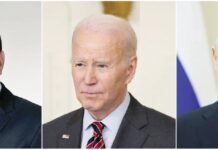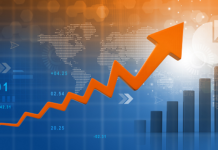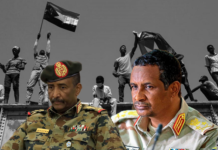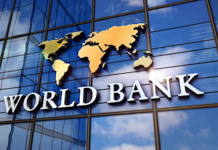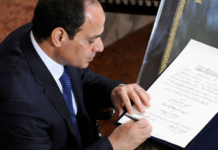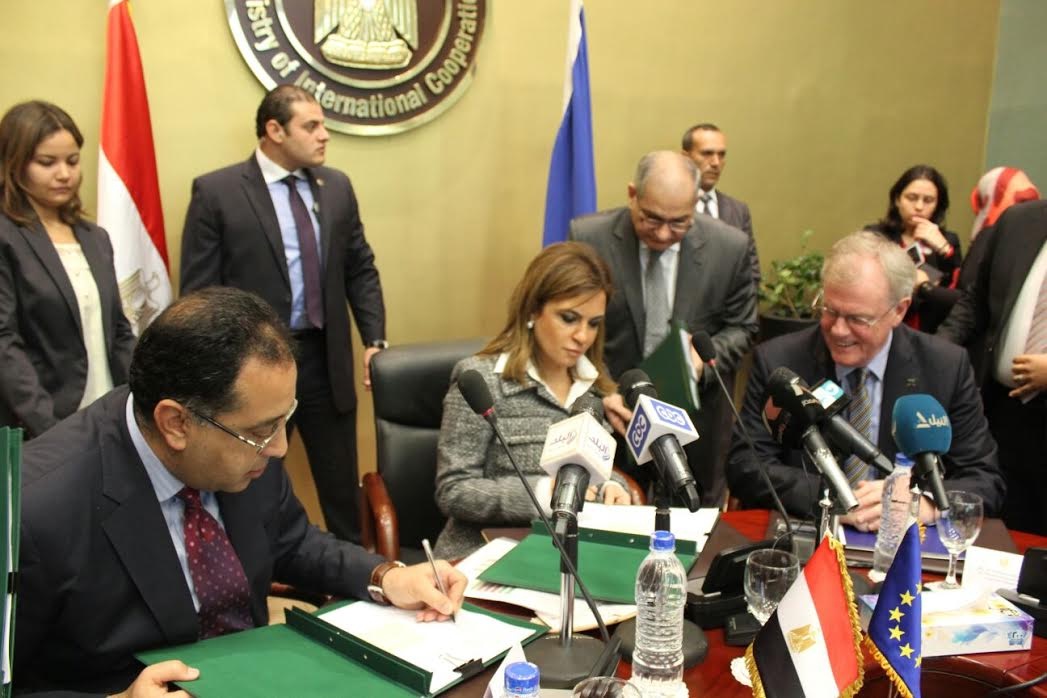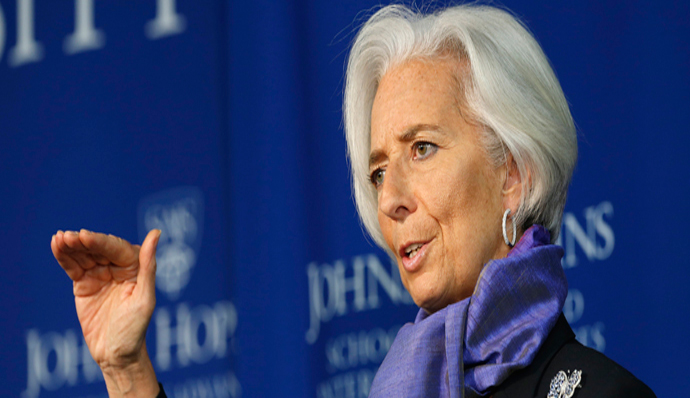By Gehad Khateb
Many believe that Brazil’s economic legacy started with the appointment of Luiz Inácio Lula da Silva in October 2002 when left-winger, popularly known as Lula, became the president of Brazil from 2003 to 2010. Actually the real turning point started earlier through the launch of the (Plano Real) Real plan in 1994, designed by former president Fernando Henrique Cardoso.
History of Brazil’s economic Miracle
In the early 1990s the Brazilian economy was in a mess. Inflation had not dipped below 100% a year since 1982; it peaked at a whopping 2.47% in 1993. Shopkeepers would adjust price tags each morning, then again in the afternoon. Just about everything; wages, rents, bank deposits were all subject to indexation.
All that changed when Fernando Henrique Cardoso introduced a plan of a new currency, the real. He was the plan’s political architect, who took over as finance minister in May 1993. New notes and coins were the third and final step in a clever attempt to stabilise prices known as the Real Plan. The first stage involved balancing the budget. Previous governments had in effect taken to papering over gaping deficits with printed money.
Next, in order to “de-index” the economy, most contracts were converted to “units of real value” (URVs), make-believe money that served only as a unit of accounts, not a means of exchange or store of value, the other two functions of currency. In the three months prior to July 1994 goods in shops were priced in the old, depreciating cruzeiro and the stable new URV, linked roughly one-to-one to the dollar (yet not pegged to it). The URV’s apparent stability quelled Brazilians’ anxiety over future price rises. When the real replaced it and the cruzeiro on July 1st 1994 that confidence transferred to the new currency and to Mr Cardoso, who won the presidential election three months later.
The launch of the new currency, the real, was somewhat overvalued, which made imports cheaper, thus limiting room for domestic producers to raise prices. This plan managed to exterminate hyperinflation, with inflation falling from 2.47% in late 1993 to 9.5% in late 1996. It also maintained a continuous inflow of foreign capital due to Lula’s active engagement in developing trade flow.
Lula’s BRICS era and the left-wing Workers’ Party modern legacy
Following Cardoso, President Lula led Brazil’s first left-wing government for more than 40 years. At the beginning of his presidency in January 2003 he promised political and economic reforms and pledged to eradicate hunger and create a self-confident, caring, outward-looking nation.
Lula continued the reform path with a series of policies that bolstered the Brazilian economy by supporting a growth of the middle class. Lula enacted a series of distributional programmes, subsidized housing loans, and increased minimum wages that led to reducing poverty in Brazil by 24% between 2003 and 2010. During his time in office, Lula pumped billions of dollars into social programmes and can reasonably claim to have helped reverse Brazil’s historic inequalities. By increasing the minimum wage well above the rate of inflation and broadening state help to the most impoverished with a family grant programme, the Bolsa Familia, he helped some 44 million people and cemented his support among the poor.
As a prime producer of iron ore, sugar, coffee, meat, soy and many other commodities, Brazil was very well placed to be one of the main raw materials suppliers within the BRIC nations, a group that also includes Russia, India and China establishing a multi polar world order.
Brazil’s domestic economy became more dynamic and supported by a strong growth of consumption, resulting from increased cash flow, a higher minimum wage and credit growth. This flourishing period helped in building a stock of foreign reserves, while the government maintained a primary surplus, which led to a fall in public debt/GDP ratio. In 2007, Brazil discovered significant amounts of oil off its coast that made it a leading distributor and exporter of oil worldwide. Having two of the world’s giant food-producers; JBS and Friboi, Brazil managed to control about 50% of the world’s meat processing, according to the United Nations.
With the World Financial Crisis in 2008, a dazzling global financial crisis took place. Brazil suffered a fall of commodity prices and constraints on its financial markets. However, Brazil was able to enact countercyclical policies to face the crisis. Instead of having to tighten fiscal and monetary policies, which was necessary in the past to preserve confidence, Brazil managed to counter the crisis by increasing public spending and lowering interest rates. Due to these stimulus measures, a strong recovery of commodity prices occurred, and the Brazilian economy recovered strongly in 2010, with GDP growth swinging from minus 0.9% in 2009 to 7.5% in 2010.
Although Brazil saw steady annual growth, critics of the Brazilian economic leap, argue that the Lula’s programme failed to address the structural problems that underpin poverty such as education. Some business leaders argue as well that Brazil lost its competitive edge against international rivals. Nonetheless, Lula’s government quelled fears in financial markets by keeping the economy stable and achieving a budget surplus.
Lula got his handpicked successor, former chief of staff Dilma Rousseff elected in 2010. Ms Rousseff won re-election four years later, yet Brazil’s Senate has voted to remove her from office for manipulating budget (an accusation of moving funds between government budgets, which is illegal under Brazilian law). Dilma’s removal from office has put an end to the 13 years in power of her left-wing Workers’ Party. The centre-right PMDB party politician, and former vice-president, Michel Temer, who has been interim president since May, was sworn in hours later to serve out the remaining 28 months of her term.
Today Brazil stands at a cross road deciding on its next step
Dilma’s downfall was brought about while Brazil was witnessing its worst-ever recession with the economy shrinking 3.8% year-on-year in the second quarter of 2016 and a rise in inflation to nearly 10% and a multibillion-dollar scandal centred on Petrobras, the state-controlled oil company, involving her party.
Temer arrived promising to revive the economy, largely by reversing Dilma’s policies. His talk of privatisation, deregulation and fiscal discipline has cheered investors. “Our motto is to spend only what we collect,” he said in his first television address as president. His economic team, led by the finance minister, Henrique Meirelles, inspires confidence. The São Paulo stock market and the real, Brazil’s currency, have strengthened since Temer took charge. The cost of insuring government bonds against default has fallen by a quarter.
Brazil, Today stands at a cross road; the chaotic public finances deterioration raised borrowing costs, which made the fiscal situation worse. The overall deficit is an alarming 10% of GDP. If nothing is done, warns Vilma Pinto of FGV-IBRE, a think-tank, public debt will exceed 110% of GDP in 2022, double what it was when Dilma took office, and will keep on rising. That could lead to a default, or to a return of the hyperinflation that blighted the decade after 1985. Which leaves Temer and Meirelles with action limited to reducing the widening deficit which may be politically painful or taking the left-wing Workers’ Party approach of reversing the cycle towards larger public spending and lower interest rates to preserve people’s confidence in his party. Once featured on the Economist cover in 2009 as the next miracle take-off, and in 2012 Germany’s Der Spiegel published a long article titled “How Good Governance Made Brazil a Model Nation”. Brazilians stand to see if Temer can work wonders and deliver Brazil out of its recession and into the promised future.





